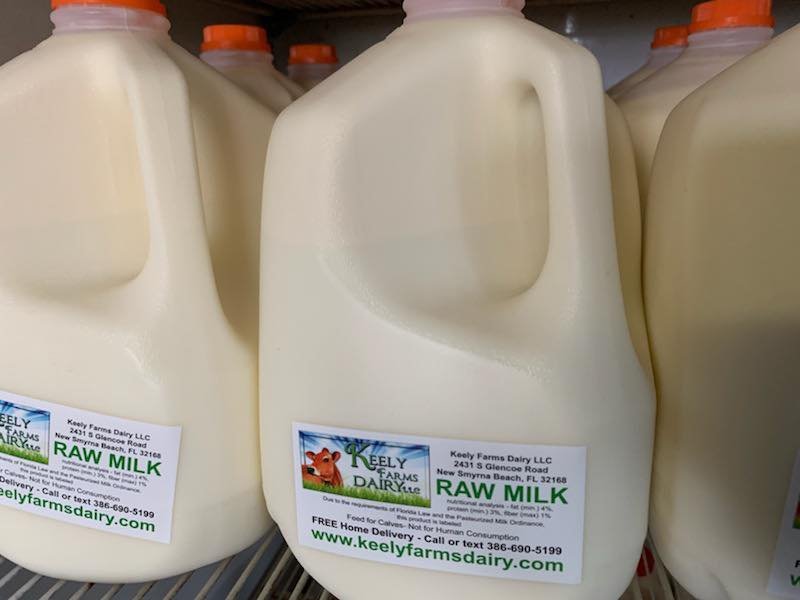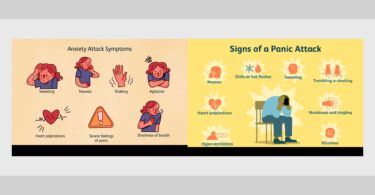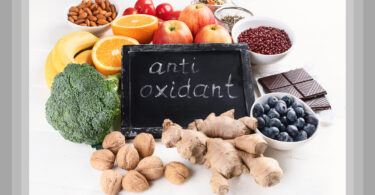As many of us might agree, there are very few subjects as emotionally charged as the choice of one’s diet. The subject of milk, as I have discovered in the past four years when properly viewed, will challenge every notion you currently have about what is good food and what isn’t.
The story of milk is complex and its history goes something like this: Back in the pre-processed food era (i.e., before about 1930 in the U.S.) milk was considered a highly prized food, especially for children. Not only was there an entire segment of our economy built up around milk, but as I remember, each house had its own direct milk chute for the delivery of fresh milk. It was unquestioned that milk was good for us and that a safe, plentiful milk supply was actually vital to our national health and well-being. It was also a time (now I’m referring to the early part of the century) when many of the illnesses which we currently suffer from were rare. As an example, family doctors would often go their whole careers without ever seeing a patient with significant coronary artery disease, breast or prostate cancer. This is something current doctors can hardly go one month before they encounter such a patient. Furthermore, as scientists such as Weston Price, D.D.S., had discovered, there were pockets of extremely healthy, long-lived people scattered about the earth who used dairy products in various forms as the staple of their diets – further evidence that milk and its products were amongst the most healthful foods human beings have ever encountered.
If we fast forward to the 1980’s we now find an entirely different picture. For one, there have been numerous books written in the past decade about the dangers of dairy products _ the most influential being a book called Don’t Drink Your Milk/1 by Frank Oski, M.D. He is the current chairman of Pediatrics at Johns Hopkins University and perhaps the most influential pediatrician in this country. In his book, he pins just about each health problem in children to the consumption of milk, including everything from acute and chronic ear infections to constipation, asthma, eczema, etc. Secondly, just about all patients, on their initial visit, proudly announce that they have a good diet and that, specifically, they don’t eat dairy (which they pronounce with such disdain). One might well ask here where is the truth in this picture?
Perhaps the experiments of Dr. Frances Pottenger/2 in the 1940’s can help to solve this mystery. In these experiments Dr. Pottenger fed similar groups of animals (usually cats) a diet of exclusively milk. Half ate cooked milk (i.e., pasteurized), the other ate uncooked (i.e., “raw” milk). The results were conclusive and astounding. Those that ate raw milk did well, lived long, happy, active lives free of any signs of degenerative disease. Those that ate pasteurized milk suffered from acute illnesses (vomiting, diarrhea) and succumbed to every degenerative disease now flourishing in our population. By the third generation, a vast majority of the cats were infertile and exhibited “anti-social” behavior. In short, medically speaking, they were like many modern Americans.
Since the 40’s, the “qualities” of milk have been extensively studied to try to find an explanation for these dramatic changes. We have heard discussed that before heating, milk is a living food rich in colloidal minerals, rich in enzymes which are necessary for the absorption and utilization of the sugars and fats in the milk. We have also heard that milk has a cortisone-like factor which is heat sensitive (i.e. destroyed by heat) in the cream; that milk has an enzyme phosphatase which allows the body to absorb the calcium from the milk; that milk has lactase – an enzyme which allows for the digestion of lactose; and that milk has beneficial bacteria and lactic acids which allow these beneficial bacteria to implant in the intestines.
All of these qualities are lost in the heating of milk. It then becomes rotten, with precipitated minerals which can’t be absorbed (hence osteoporosis), with sugars that can’t be digested and with fats which are toxic. With this in mind, we can quickly see what has happened in the past sixty years.
Raw milk has been used in therapy, in folk medicine and even in the Mayo Clinic for centuries. It has been used in the pre-insulin days to treat diabetes (I’ve tried it_it works), eczema, intestinal worms, allergies, arthritis, and other afflictions, all for reasons which can be understood when we examine just what is in milk (e.g., the cortisone-like factor for allergies and eczema). Rarely is anyone truly allergic to grass-fed cows’ milk (feeding high protein feeds to the cows changes the milk, making it more allergenic).
Yet apart from all these explanations is perhaps the real key: fresh raw milk is a living, unprocessed, whole food. Compare this to the supposedly “healthy” soy milk which has been washed in acids, alkali, ultrapasteurized, then allowed to sit in a box for some months.
The lessons of studying milk and Pottenger’s cats are profound for the American health scene. One of them is also simple: processed, dead foods don’t support life or a happy, well-functioning society. This can only happen if people return to eating pure, wholesome, unprocessed foods.
In my practice I always start there. I encourage, insist and even beg people to eat real foods, no matter what the problem. Often with just this intervention the results are gratifying. So, find a cow, find a farmer, make sure the cow (goat, llama, or whichever other milk source) is healthy and start your return to good health.
A note from me (Elaine Lewis): I have been drinking raw milk for decades now. I won’t drink anything else. I have sometimes driven all the way to Lancaster county where the Amish farmers live to buy raw milk when I couldn’t find it anywhere else. Thank goodness nowadays I only have to travel to Mom’s Organic Market in Bryn Mawr, PA to get it, and I am due to go back there again very soon, maybe tomorrow. If you don’t know where to find raw milk, you can ask at your health food store or you can do a google search for raw milk and your city or state. Another source of information is http://www.realmilk.com Also, http://www.getrawmilk.com
To your health!
______________
References:
1. Don’t Drink Your Milk, Frank Oski, M.D., Park City Press (published date not supplied).
2. Dr. Frances Pottenger was a pathologist working in the 40’s who tested the theories of Dr. Price on cats_ that is that fresh raw foods are the healthiest for animal growth and development. His book is Pottenger’s Cats, A Case Study in Nutrition by Francis M. Pottenger, Jr., M.D., 1983. Available from Price-Pottenger Foundation or Gerson Institute (phone 1-888-4-Gerson).
——————————————————–
Thomas Cowan, M.D., graduated from Michigan State Medical School in 1984. He is now a family practitioner with special interests in nutritional and Anthroposophical medicine. His office, Noone Falls Health Care, is located at 50 Jaffrey Rd., Suite 125, Peterborough, NH 03458, (603) 924-3644.
Reprinted with permission from Lilipoh magazine www.lilipoh.com




